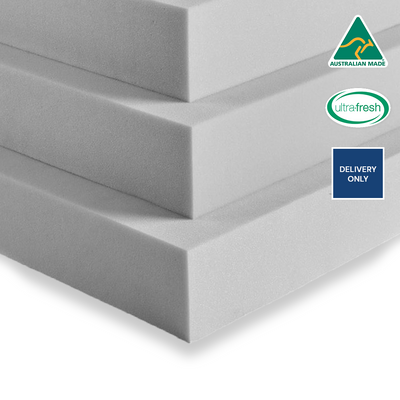
Extruded polystyrene insulation, also known as XPS insulation, is a popular choice for both residential and commercial construction projects. This type of rigid foam insulation offers a wide range of benefits that make it a versatile and cost-effective option for improving energy efficiency and comfort in buildings. In this comprehensive guide, we will explore the many advantages of using extruded polystyrene insulation.
One of the main benefits of extruded polystyrene insulation is its high thermal resistance. XPS insulation has a high R-value per inch, meaning it is very effective at preventing heat transfer. This helps keep buildings warm in the winter and cool in the summer, reducing the need for heating and cooling systems and lowering energy bills. In addition, the closed-cell structure of extruded polystyrene insulation makes it resistant to moisture, making it a great choice for areas that are prone to high levels of humidity or moisture infiltration.
Extruded polystyrene insulation is also known for its durability and long lifespan. Unlike other types of insulation, XPS insulation does not deteriorate over time or lose its effectiveness. This means that once installed, extruded polystyrene insulation can provide continuous thermal protection for many years without needing to be replaced or topped up. This durability also makes it a great choice for use in below-grade applications, such as insulating basements or foundations, where moisture and soil conditions can cause other types of insulation to degrade.
Another benefit of extruded polystyrene insulation is its compressive strength. XPS insulation is able to support heavy loads without deforming or losing its insulating properties. This makes it an ideal choice for applications where the insulation will be subjected to weight or pressure, such as under concrete slabs or in roofing systems. In addition, the rigidity of extruded polystyrene insulation makes it easy to cut and shape to fit around obstacles or irregular spaces, making installation quick and efficient.
In addition to its thermal and structural benefits, extruded polystyrene insulation is also a sustainable choice for environmentally conscious builders and homeowners. XPS insulation is manufactured using a closed-loop process that recycles and reuses materials, reducing waste and minimizing environmental impact. Furthermore, the long lifespan of extruded polystyrene insulation means that it requires less maintenance and replacement over time, further reducing its environmental footprint. By choosing XPS insulation, builders and homeowners can contribute to a more sustainable and energy-efficient built environment.
One of the more unique benefits of extruded polystyrene insulation is its resistance to pests and mold. The closed-cell structure of XPS insulation makes it impervious to water and moisture, creating an inhospitable environment for mold, mildew, and pests such as termites. This can help improve indoor air quality and prevent damage to building materials, ensuring a healthier and more durable building envelope. In addition, the inert nature of extruded polystyrene insulation makes it a safe and non-toxic choice for use in residential and commercial applications.
Overall, extruded polystyrene insulation offers a wide range of benefits that make it a versatile and cost-effective option for improving energy efficiency and comfort in buildings. From its high thermal resistance and durability to its compressive strength and sustainability, XPS insulation provides a comprehensive solution for a variety of construction applications. Whether used in walls, roofs, floors, or foundations, extruded polystyrene insulation can help reduce energy consumption, lower utility bills, and create a more comfortable and sustainable built environment. Consider the many advantages of extruded polystyrene insulation for your next construction project.